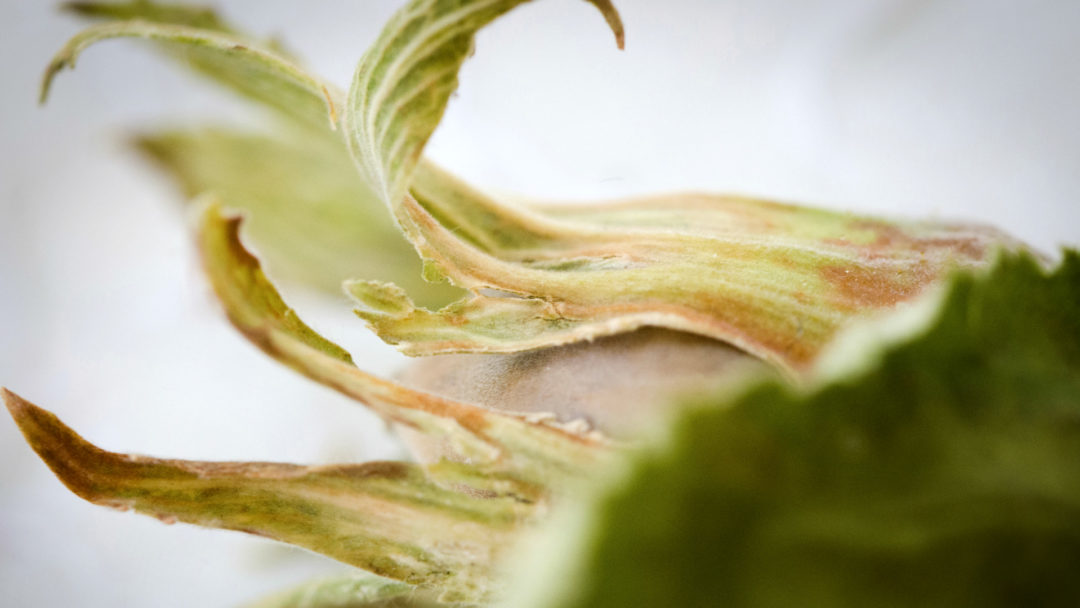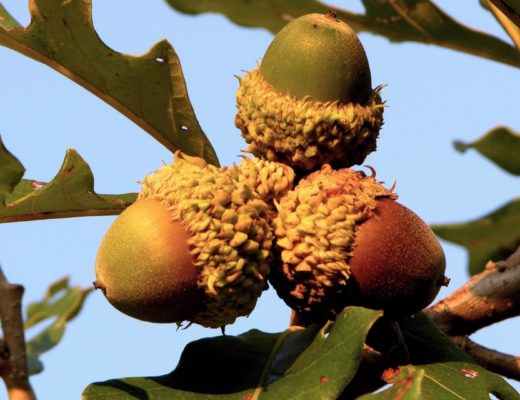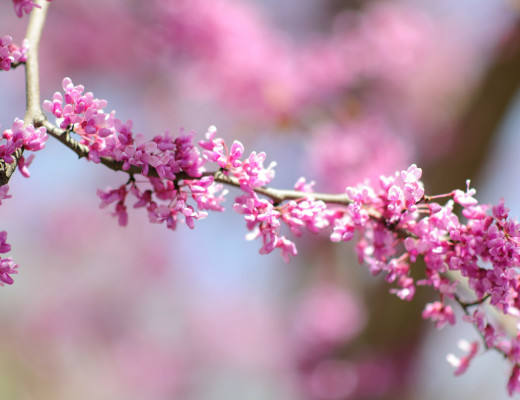Corylus americana
Is it a hazelnut or is it a filbert? This age-old question depends on who you ask. In European folklore the crop was first referred to as a filbert, derived from St. Philibert’s Day on August 22— the day crops were said to be ready for harvest. Others say it is a derivative of the German vollbart (full beard) referring to the husk that covers the nut entirely. And then there are those who call it by its English name, the hazelnut, derived from haesel referring to a bonnet. Whether you call it a filbert or hazelnut, just know, it is the same nut.
So how does the American hazelnut differ from other hazelnut varieties? To start, the American is native to the eastern United States. Hazelnuts have a preference to growing in moist thickets or woodlands, which may explain why American hazelnuts thrive along the east coast. This variety is not a commercial cultivar, but they are a great landscape addition.
There are two identifying factors that set the American apart. American hazelnuts have more mature involucres — bracts around the base of flower — which extend up to three centimeters in length, and the twigs on American hazelnut bushes are also more glandular. Also, American hazelnuts have small thick-shelled nuts, are more resistant to Eastern Filbert Blight (EFB) — a hazelnut fungi overtaking the crop — and are adaptable to a wider range of climates. Did you also know that American hazelnuts are one of the varieties used to cultivate the hybrid Arbor Day Farm hazelnut?
Check out this year’s Arbor Day Farm hazelnut harvest .
Hazelnuts are naturally grown as a bush, however American hazelnuts can reach up to 18 feet in height with canopies stretching as much as 12 feet. Even the standard three to five foot hazelnut bush can be pruned into a small tree if desired. American hazelnuts grow well in a wide range of soils (hardiness zones 4-9), are slightly drought tolerant and grow two to three feet a year. It will take roughly eight years before your tree starts to produce nuts, but once it does it will continue to for up to 80 years and require less maintenance than other nut trees.





HULINGS RICE FOOD CENTER RECEIVES FUNDING FOR HAZELNUT DEVELOPMENT
I thought you might be interested in this article:
Northland College – Hulings Rice Food Center Receives Funding for Hazelnut Development
https://www.northland.edu/news/food-news/hulings-rice-food-center-receives-funding-for-hazelnut-development/